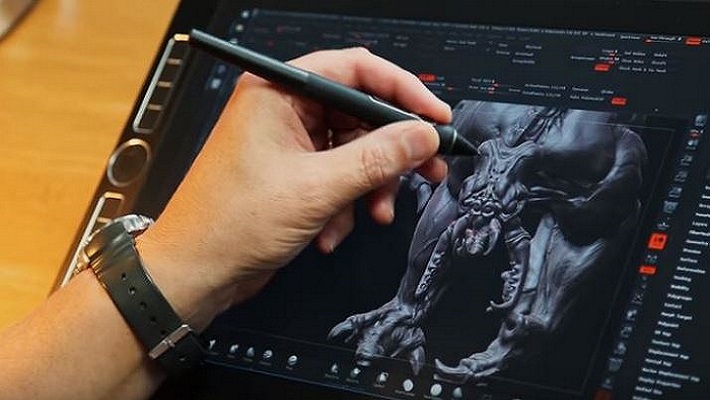
Have you ever wondered playing a video game and finding out why the CGI trailers are much better looking than the actual game play?& have you ever wondered why the movies CGI, VFX looks a lot better than the AAA titles we play today. Well! it solely depends on the process of rendering a single image.3D Modeling in any medium typically uses many of the same techniques and tools to achieve great work, whether it’s Maya or 3ds Max .Therefore, just because modeling for games and modeling for movies is extremely similar in the techniques, the processes can be different and so are the limitations between the two of them.
Why Modeling a Game character is Different?
One of the biggest difference between the two is the ever- polygon budget that’s found in any game development procedure but when it comes to modeling for movies, whether it’s an animated feature like toy story 3 or a live action film with CG integrated like the marvel movies there’s not really a limit on the amount of polygons that can be in any given model.
When it comes to films, time is often the only constraint. Movies, like any other form of production, have deadlines that must be met. This means you'll need to be able to create great-looking modes on time and on budget, but in games, you're limited by the power of the game engine and the hardware it's running on. Of course, hardware is constantly improving, and with newer consoles like the Xbox One and PlayStation 5, graphical capabilities have increased. However, even with today's next-generation consoles, there is still a strict polygon budget that must be met in order for the game to run smoothly. Games are rendered in real time right in front of the player & therefore in order to run at a constant frame rate and maintain it throughout the game play, the 3d Modeling design must be created at a level that’s not taxing on the game engine.
Rendering process of Games are Faster
While playing a game, thousands of different frames may be rendered on the screen at the same time, requiring a significant amount of processing power. Games, unlike movies, do not have the luxury of being pre-rendered. After all, it wouldn't be much fun to play a game in which each new frame on the screen took hours, minutes, or even seconds to render every time you moved your character. A few seconds of lag can mean the difference between life and death in many games. You've probably seen a game's cinematic intro and been blown away by how good it looks. As you've probably discovered, pre-rendered cinematic rarely accurately depict what the graphics look like in-game.
In contrast, movies are a director's vision brought to life. Filmmakers carefully craft each shot to convey specific emotions and advance the narrative. Movie rendering techniques are geared towards achieving a high level of visual fidelity, often employing sophisticated lighting, shading, and texturing methods. The goal is to create a seamless blend of real-world elements and digital effects that enhance the story and captivate the audience.
Time Constraints and Iteration
Time constraints play a significant role in distinguishing 3D rendering in video games from movies. Video games are developed over extended periods, often involving iterative design processes. Game developers frequently update and optimize their games post-launch, taking advantage of evolving hardware capabilities and addressing player feedback. This iterative nature allows for ongoing enhancements to the rendering pipeline, graphics engine, and overall visual experience.
Movies, on the other hand, have more strict production schedules and set release dates. Filmmakers work on a tight schedule, necessitating efficient rendering processes to meet deadlines. Once a scene has been rendered, it is usually finalized and cannot be changed for future releases. When compared to video games, the fixed nature of movie rendering allows for meticulous attention to detail but limits flexibility. Movies and games are today's most popular forms of entertainment, and most people enjoy them most of the time. Whatever the outcome, it should be the best for a great visual and enjoyable experience.







